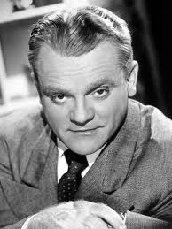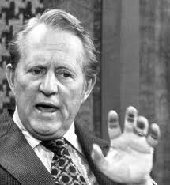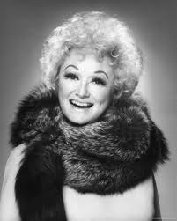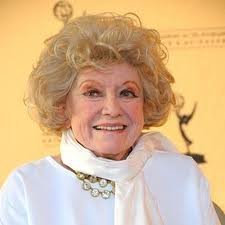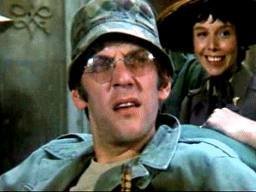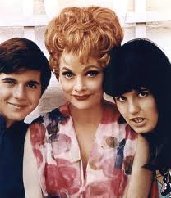Good 56º clear sunny morning.
Yesterday started at 55º and we topped at 101º.
Picture of the Day .... hmmmm.....
Interesting about camels...
A camel is an even-toed ungulate in the genus Camelus that bears distinctive fatty deposits known as "humps" on its back. Camels have long been domesticated and, as livestock, they provide food (milk and meat) and textiles (fiber and felt from hair). Camels are working animals especially suited to their desert habitat and are a vital means of transport for passengers and cargo. There are three surviving species of camel.
Camels are known as the ships of the desert mainly because of their physical characteristics which are well adapted to the conditions of the desert. They have large, flat feet covered by protective pads which helps in walking through hot desert sand. They are also blessed with double eyelashes, which protect them from sandstorms. Camels can even survive about a week without food and water using its fat storage. All these features make camels ideal for long trips through deserts.
Camels have a series of physiological adaptations that allow them to withstand long periods of time without any external source of water. The dromedary camel can drink as seldom as once every 10 days even under very hot conditions, and can lose up to 30% of its body mass due to dehydration. Unlike other mammals, camels' red blood cells are oval rather than circular in shape. This facilitates the flow of red blood cells during dehydration and makes them better at withstanding high osmotic variation without rupturing when drinking large amounts of water: a 1,300 lb) camel can drink 53 US gal of water in three minutes.
The average life expectancy of a camel is 40 to 50 years. A full-grown adult dromedary camel stands 6 ft 1 in at the shoulder and 7 ft 1 in at the hump. Bactrian camels can be a foot taller. Camels can run at up to 40 mph in short bursts and sustain speeds of up to 25 mph. Bactrian camels weigh 660 to 2,200 lb and dromedaries 660 to 1,320 lb. The widening toes on a camel's hoof provide supplemental grip for varying soil sediments.
The male dromedary camel has an organ called a dulla in its throat, a large, inflatable sac he extrudes from his mouth when in rut to assert dominance and attract females. It resembles a long, swollen, pink tongue hanging out of the side of its mouth. Camels mate by having both male and female sitting on the ground, with the male mounting from behind. The male usually ejaculates three or four times within a single mating session. Camelids are the only ungulates to mate in a sitting position.
If you want to read a lot more about camels, go here:
From Mr. Food...
Looking for a fresh catch? Reel in a true winner with this light and flaky fish that's bound to have your dinner guests showing up early every time. Our Lemon Dill Salmon uses fresh ingredients to harness the natural flavors of your favorite filet of fish. Once this salmon is out of the oven and on the dinner table, you'll know exactly what we're talking about.
- 1 (1-pound) salmon fillet
- 1/4 teaspoon salt
- 1/4 teaspoon black pepper
- 1 lemon, thinly sliced
- 1 bunch fresh dill
- 1 tablespoon olive oil
- Preheat oven to 350º. Coat a 9- x 13-inch baking dish with cooking spray.
- Place salmon fillet skin side down in the dish; season with salt and pepper.
- Place lemon slices and sprigs of dill in alternating rows across top of fish. Drizzle with oil.
- Bake 15 to 20 minutes, or until fish flakes easily with a fork.
Today is a special anniversary, Ron (LASD ret) and Monika Wisberger are celebrating. HAPPY ANNIVERSARY KIDS! I asked Ron for a recent photo of he and Monika and he sent this..... 😊
Historically this date....
1938 – Douglas Corrigan takes off from Brooklyn to fly the "wrong way" to Ireland and becomes known as "Wrong Way" Corrigan.
1955 – Disneyland is dedicated and opened by Walt Disney in Anaheim, California.
1975 – Apollo-Soyuz Test Project: An American Apollo and a Soviet Soyuz spacecraft dock with each other in orbit marking the first such link-up between spacecraft from the two nations.
1981 – A structural failure leads to the collapse of a walkway at the Hyatt Regency in Kansas City, Missouri killing 114 people and injuring more than 200.
And births this date include....
1899 – James Cagney, American actor (d. 1986)
1912 – Art Linkletter, Canadian television host (d. 2010)
1917 – Phyllis Diller, American comedienne (d.2012)
.... what a nut she was!
1935 – Diahann Carroll, American actor (d.2019)
1935 – Donald Sutherland, Canadian actor
... Dude, cut the hair!



1947 – Camilla, Duchess of Cornwall
1951 – Lucie Arnaz, American actress
1952 – David Hasselhoff, American actor and musician
All I know. Nuff said. Happy TGIF. Ciao.
xo Sue Mom Bobo
National Wrong Way Corrigan Day on July 17th commemorates the transatlantic flight of an Irish-American stunt pilot from Galveston, Texas. Douglas Corrigan (January 22, 1907 – December 9, 1995) gained notoriety for an unplanned transatlantic flight to Ireland on July 17, 1938.
Growing up as a boy, Douglas Corrigan’s fascination with flight was not uncommon. Charles Lindbergh’s transatlantic flight may have been the most impressionable moment in his young life. In 1938, the young stunt pilot flew from his home in California to New York. Upon his arrival, he asked for permission to duplicate his hero’s historic flight. Unfortunately, the flight service quickly denied his request due to the age of his 1929 Curtiss Robin aircraft.
With only a magnetic compass, Corrigan advised officials he was returning to California. According to the story, after takeoff, cloud cover prevented Corrigan from accurate navigation. When Corrigan dropped below the clouds hours later, he saw nothing but water. Then Corrigan realized his navigation was off. Despite the confusion, he continued on his journey. Surprisingly, 28 hours later, he landed in Ireland.
Corrigan’s story of his flight never faltered. Despite accusations that he secretly planned this flight, Corrigan held fast to his original explanation.
After the Flight
The wayward pilot wrote about his misadventure in his memoir, That’s My Story. While out of print, you can find a few copies for the right price. Corrigan also received a movie deal and soon played himself in The Flying Irishman. During World War II, he tested bombers. After the war, the stunt man toured the country with other familiar war heroes in parades. As the notoriety died down, Corrigan settled into a quiet life with his wife and family. Occasionally fame would catch up to him again when Corrigan would run into a reporter who wanted to question the veracity of his story.
HOW TO OBSERVE
Explore the history of transatlantic flight and more stories like Douglas Corrigan’s. Watch The Flying Irishman or visit an air museum. Use #WrongWayCorriganDay to share on social media. Explore these other 8 Amazing Firsts in Flight, too!
NATIONAL WRONG WAY CORRIGAN DAY HISTORY
National Wrong Way Corrigan Day originates with the date Corrigan left New York in 1938. The first celebration took place in 1987 when Long Island commemorated the 49th anniversary of Corrigan’s flight. The city hosted a parade in honor of the 80-year-old pilot. The celebration was given the name “Wrong Way Corrigan Day.” In 1992, Corrigan’s hometown of Galveston, Texas, also proclaimed Wrong Way Corrigan Day. They chose the date of January 22nd, celebrating their hometown hero’s birthday.







